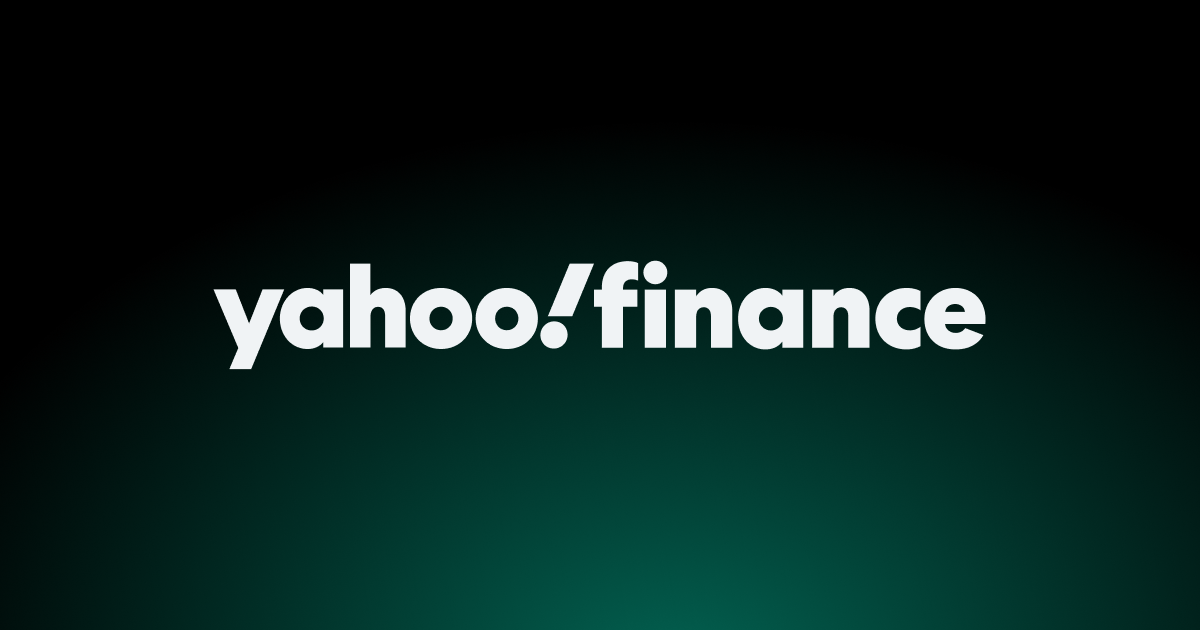## Psst, Hey Gamer! Heard They Might Raise Prices?
Hold onto your controllers, because a potential price hike for your favorite gaming consoles is swirling through the rumor mill. While the global trade war has thrown a wrench into the industry, Take-Two Interactive, the powerhouse behind titles like Grand Theft Auto and Borderlands, is saying “not so fast!”

Gaming Hardware Prices: A Historical Perspective and Future Projections
The gaming industry has a history of fluctuating hardware prices, influenced by factors such as component costs, manufacturing processes, and market competition. While recent years saw a period of relative stability, escalating global trade tensions and the looming threat of tariffs cast a shadow on the future pricing landscape.
Historically, console prices have followed a cyclical pattern. The launch of a new generation typically sees higher prices, driven by the cost of developing cutting-edge technology and manufacturing. Over time, competition and manufacturing efficiency lead to price reductions as the console cycle matures. For example, the initial launch price of the PlayStation 4 in 2013 was around $400, while by 2017, the price had dropped considerably to under $300.
However, the current geopolitical climate presents an unprecedented challenge. The imposition of tariffs on imported goods, particularly electronics components, could significantly impact the cost of manufacturing gaming consoles, potentially leading to price increases for consumers.
Alternatives and Adaptations
Strategic Sourcing
One strategy Take-Two could employ to mitigate tariff risks is strategic sourcing. This involves diversifying their supply chain by sourcing components from multiple countries, potentially reducing reliance on regions subject to high tariffs. While this approach may increase logistical complexity, it could offer greater price stability and supply chain resilience.
Product Innovation
Another avenue for adaptation lies in product innovation. Developing new technologies or design changes that minimize reliance on heavily-tariffed components could be a long-term solution. This could involve exploring alternative materials or manufacturing processes, potentially leading to more cost-effective and tariff-resistant consoles.
Price Adjustments
If tariffs ultimately impact console prices, Take-Two may need to adjust its pricing strategy. This could involve a combination of strategies, such as:
- Passing on some of the increased costs to consumers through moderate price increases.
- Offering tiered console bundles with varying levels of included content or features to appeal to different price points.
- Focusing on digital distribution and subscription services to reduce reliance on physical console sales, which are more susceptible to tariff-related costs.
The Bigger Picture: Industry Trends and Future Predictions
The Console Market
The console market remains fiercely competitive, with established giants like Sony and Microsoft vying for dominance against emerging players. Take-Two’s confidence in the face of competition is likely rooted in the continued popularity of consoles and the strong performance of their own franchises. However, market share gains and sustained success will depend on factors such as console innovation, exclusive game releases, and effective marketing strategies.
The Rise of Digital
The shift towards digital distribution and streaming services is transforming the gaming landscape. While physical consoles are still a major force, the convenience and accessibility of digital platforms are attracting a growing number of players. This trend could impact the long-term demand for physical consoles and necessitate adaptations in Take-Two’s business model.
The Future of Gaming
Tariffs and global geopolitical factors represent just one element shaping the future trajectory of the gaming industry. Other significant trends include the rise of esports, the growing importance of mobile gaming, and the increasing integration of virtual reality and augmented reality technologies. Navigating these evolving dynamics will require adaptability, innovation, and a keen understanding of consumer preferences.
Conclusion
So, there you have it. Take-Two, a major player in the gaming industry, is brushing off concerns about tariffs potentially impacting the cost of gaming consoles. They believe the current supply chain dynamics and pricing strategies will cushion the blow, meaning gamers might not see their wallets feeling the pinch just yet. This stance, while reassuring, raises some interesting questions. Does it signal that the industry is prepared to absorb the cost increases, or are they simply confident in their ability to navigate the complex global market? The decision not to pass on the potential tariff burden could be a strategic move, aimed at maintaining market share and consumer loyalty. However, it also highlights the precarious position of the gaming industry, increasingly reliant on a global supply chain with inherent vulnerabilities. As tariffs continue to be a hot-button issue, gamers will be watching closely to see if this stance holds true in the long run. Could we see a future where the cost of gaming, already a considerable investment, becomes even more prohibitive? Only time will tell, but one thing’s for sure: the gaming landscape is in constant flux, and staying informed is crucial for navigating the evolving world of interactive entertainment.
